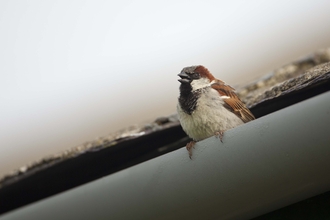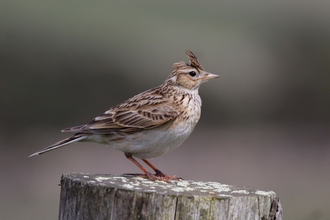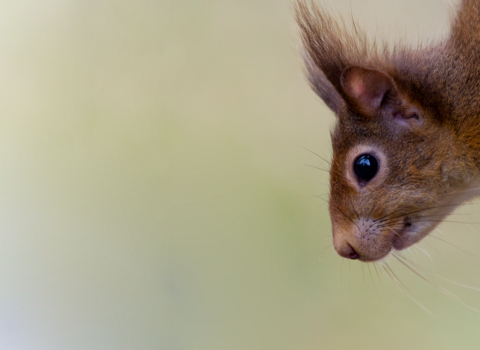Shore lark
This distinctive lark is a passage migrant and winter visitor to the UK, most often found along the east coast of Britain.
Scientific name
Eremophila alpestrisWhen to see
October to AprilSpecies information
Statistics
Length: 16cmWingspan: 32cm
Conservation status
Classified in the UK as Amber under the Birds of Conservation Concern 5: the Red List for Birds (2021)
Habitats
About
Shore larks were once a rare breeding species in Scotland, but are now only seen during migration periods or as winter visitors from populations in Scandinavia.As the name suggests, in the UK shore larks are usually seen on the coast, where they favour saltmarshes and shingle shores. Most records come from the east coast of England. Shore lark numbers can vary dramatically - some winters might see only a few birds in the whole of the UK, while in exceptional years there can be hundreds. The population that visits the UK has declined rapidly in recent decades, possibly as a result of overgrazing on their breeding grounds.
How to identify
Slightly smaller than a skylark, with a distinctive head pattern. They have a yellow face with a black bib, eye mask and band at the front of the crown. Two long black feathers on the crown can be raised forming a prominent pair of 'horns', most obvious in breeding males.Distribution
Mostly found on the east coast of England and Scotland.Did you know?
In America, shore larks have the more descriptive name of horned lark, referring to the bird's prominent black 'horns'.Watch
Shore lark (https://vimeo.com/452135255/40733ac2d4)
Shore lark © John Bridges






